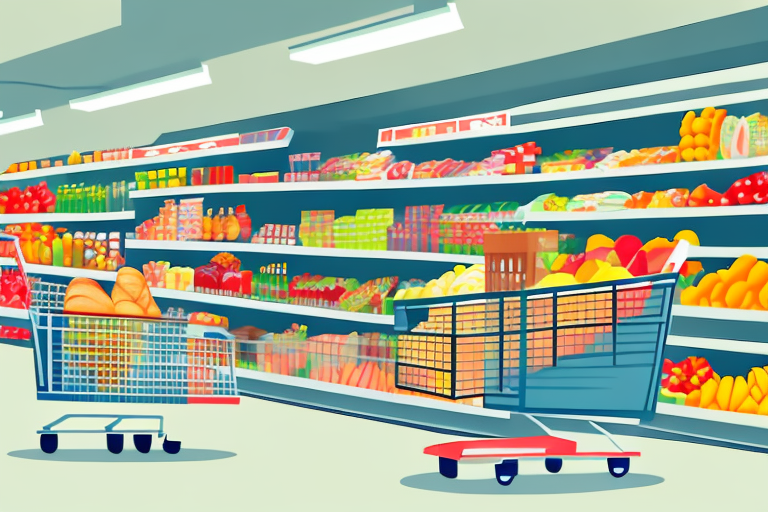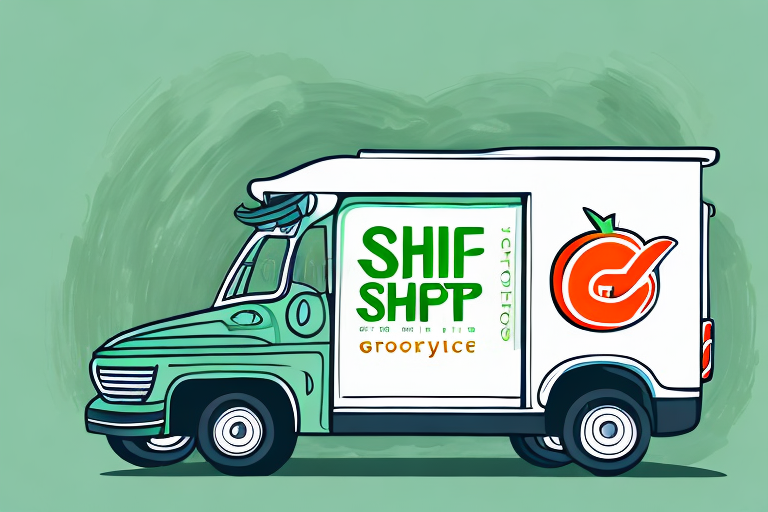Benefits and Impact of Online Grocery Shopping
Online grocery shopping has surged in popularity, transforming the way consumers purchase their daily essentials. This shift offers numerous advantages, including enhanced convenience, time savings, and access to a broader range of products. According to a Statista report, online grocery sales in the U.S. are projected to reach over $150 billion by 2025, highlighting the significant growth in this sector.
Convenience and Time Savings
One of the primary benefits of online grocery shopping is the ability to shop from anywhere at any time. This eliminates the need for physical store visits, allowing consumers to manage their time more efficiently. Additionally, features like repeat ordering and scheduled deliveries streamline the shopping experience.
Enhanced Product Selection
Online platforms often offer a more extensive selection of products compared to brick-and-mortar stores. Shoppers can access specialty items, organic products, and international foods that might not be available locally. This expanded variety caters to diverse dietary needs and preferences.
Choosing the Right Online Grocery Store
With the proliferation of online grocery platforms, selecting the right store can be overwhelming. Consider the following factors to ensure a seamless shopping experience:
Product Availability and Variety
Ensure the store offers the products you need, including specific brands or specialty items. Some platforms specialize in organic or locally sourced products, catering to particular consumer preferences.
Delivery Options and Fees
Evaluate the delivery schedules, fees, and minimum order requirements. Some services offer free delivery for orders above a certain amount, while others may provide subscription-based models for regular deliveries.
Customer Reviews and Ratings
Research customer feedback to gauge the reliability and quality of the service. Platforms with high ratings and positive reviews are more likely to provide a satisfactory shopping experience.
Maximizing Savings and Optimizing Your Shopping
Online grocery shopping can be cost-effective if approached strategically. Here are some tips to help you save money and make the most of your online shopping:
Utilize Promotional Codes and Discounts
Take advantage of promotional offers, discount codes, and seasonal sales. Subscribing to newsletters can keep you informed about the latest deals. Websites like RetailMeNot offer a variety of discount codes for numerous online grocery stores.
Compare Prices Across Platforms
Use price comparison tools to ensure you're getting the best deal. Platforms like PriceSpy allow you to compare prices of specific items across different stores.
Plan Your Meals and Make a Shopping List
Planning meals in advance helps in creating a precise shopping list, reducing impulse buys and minimizing food waste. This approach not only saves money but also ensures you purchase only what you need.
Navigating Online Grocery Platforms
Understanding how to effectively navigate online grocery websites can enhance your shopping experience. Here’s a step-by-step guide:
Creating an Account
Begin by creating an account on your chosen platform. This allows for a personalized shopping experience and enables features like order history and saved preferences.
Browsing and Searching for Products
Use the search bar to find specific items quickly. Utilize filters to narrow down results based on categories, brands, prices, or dietary needs.
Managing Your Shopping Cart
Regularly review your cart to ensure you’re only purchasing necessary items. Adjust quantities and remove items as needed to stay within your budget.
Checkout and Payment
Choose your preferred delivery or pickup option, enter payment details, and review your order before confirming. Ensure all information is accurate to avoid any delays or issues with your order.
Ensuring Safety and Security
Protecting your personal and financial information is crucial when shopping online. Follow these tips to ensure a secure shopping experience:
Use Secure Websites
Always shop on websites that use HTTPS, indicating a secure connection. Look for the padlock icon in the browser’s address bar as a sign of security.
Create Strong Passwords
Use unique and complex passwords for each online account. Consider using a password manager to keep track of your passwords securely.
Monitor Your Accounts
Regularly check your bank and credit card statements for any unauthorized transactions. Report any suspicious activity immediately to your financial institution.
Future Trends in Grocery E-Commerce
The online grocery market continues to evolve, with several emerging trends shaping its future:
Personalization through AI and Machine Learning
Artificial Intelligence (AI) and machine learning technologies are enabling platforms to offer personalized shopping experiences. By analyzing past purchases and browsing behavior, these technologies can recommend products tailored to individual preferences.
Expansion of Subscription Services
Subscription-based models are gaining traction, offering regular deliveries of essential items at discounted rates. This model provides convenience and ensures consumers never run out of staple products.
Increased Focus on Sustainability
Consumers are increasingly prioritizing sustainability. Online grocery stores are responding by offering eco-friendly packaging, reducing food waste through better inventory management, and sourcing products from sustainable suppliers.
Integration with Smart Home Devices
The integration of online grocery platforms with smart home devices, such as voice-activated assistants, is making the shopping process more seamless. Consumers can place orders using voice commands, enhancing the overall convenience.
Conclusion
Online grocery shopping offers a host of benefits, from convenience and time savings to access to a wider variety of products. By choosing the right platform, maximizing savings, and ensuring security, consumers can enjoy a seamless and efficient shopping experience. As the industry continues to evolve with technological advancements and shifting consumer preferences, the future of grocery e-commerce looks promising.




















